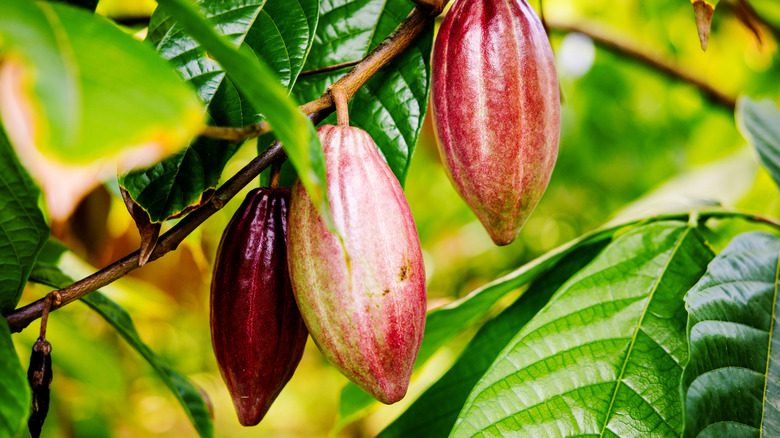If you’ve been wondering why chocolate is so expensive, you’re not alone. According to data from the Groundwork Collaborative think tank, the prices of Halloween candy are 10.8% higher in 2025 than they were in 2024. While the United States has placed tariffs on some of the top countries for cacao harvesting and processing — including Ivory Coast, which produces the most cocoa globally — the recent price increase for chocolate has another culprit.
Crop diseases have been devastating the cacao plant (Theobroma cacao) in recent years. To make matters worse, the U.S. Department of Agriculture estimates that up to 40% of the world’s cacao beans are lost to pathogens, particularly the Phytophthora species. This destructive fungus is responsible for the black pod disease (also called brown rot), which spreads rapidly over the pods and leaves them black and rotten during periods of excessive rain. That’s why, to rescue one of humanity’s most cherished indulgences, Penn State scientists stepped in and turned to gene-editing to make cacao plants disease-resistant.
In a 2025 paper published in the Plant Biotechnology Journal, the research team, led by Mark Guiltinan, Ph.D., a professor of plant molecular biology in the university’s College of Agricultural Sciences, revealed that they had successfully edited the TcNPR3 gene using the revolutionary CRISPR-Cas9 technology. This particular gene suppresses the cacao plant’s natural defenses and makes its immune response less effective. “Our research team targeted the gene TcNPR3 because we learned from earlier studies that it acts as a molecular ‘brake’ on the plant’s natural defense system,” Guiltinan shared with Penn State.
Gene-editing technology reduces cacao disease damage nearly by half
The Natriuretic Peptide Receptor 3 (NPR3) proteins, the family to which TcNPR3 belongs, act as negative regulators of plant immunity. However, by using the CRISPR-Cas9 gene-editing tool, the Penn State research team modified DNA sequences in the cacao genome and removed unwanted genes that weakened the plant’s ability to fight diseases. The results suggested that after editing the TcNPR3 gene, the scientists were able to create the first-ever transgene-free cacao plants that showed 42% smaller disease lesions when infected with the notorious pathogen. By splicing in transgenes, which are borrowed from other species or engineered in the lab for specific desired traits, the researchers made a breakthrough in cacao crop preservation.
Traditional breeding methods are painfully slow and often take years to produce new resistant crop varieties — that’s exactly why researchers have utilized biotechnology to edit the genes of an existing species. This cacao disease prevention measure doesn’t necessarily mean that chocolate will become less expensive, but it may alleviate a large challenge for cacao harvesters, producers, and bean-to-bar chocolate makers, perhaps slowing down the rate at which chocolate prices have been climbing. The multi-billion-dollar global chocolate market hasn’t lost hope yet, so you don’t have to sacrifice the delicious health benefits of dark chocolate — at least, not anytime soon.





